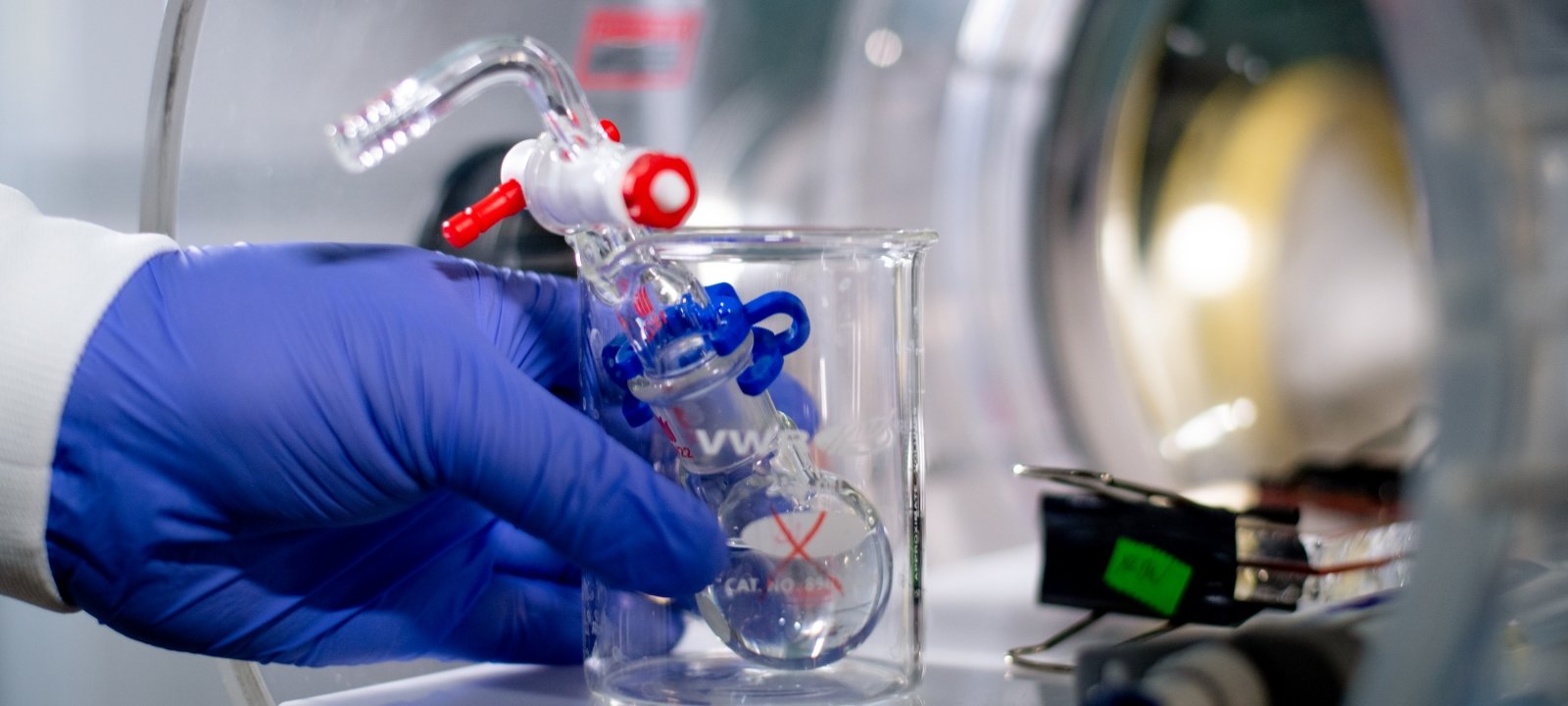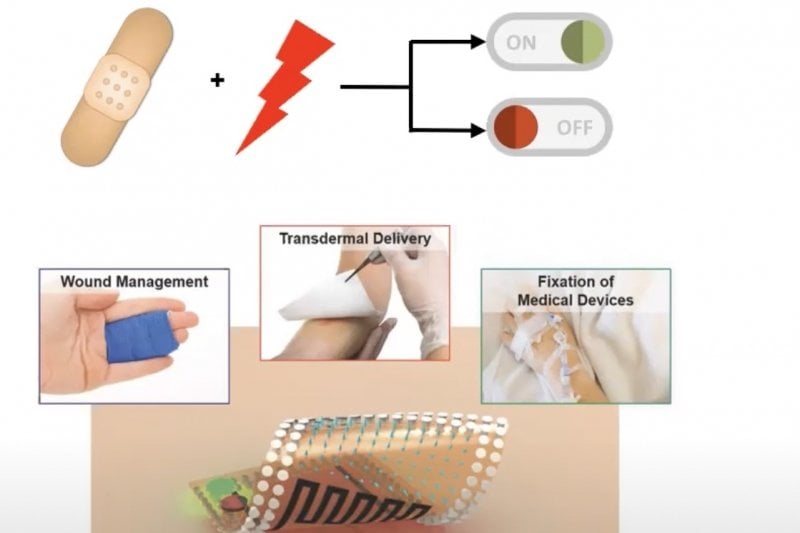The department’s tissue engineering and biomaterials research focuses on developing new materials for applications in medicine and biology, as well as engineering biological tissues from adult stem cells.
Areas of active research include cardiovascular tissue engineering, biopolymers, nitric-oxide-releasing materials for improved biocompatibility, tissue-biomaterial interaction, and biomimetic materials.
The Instructive Biomaterials for Regenerative Engineering Lab leverages materials science, micro-nano fabrication, and organic chemistry to develop hydrogel-based biomaterials with tunable physio-chemical properties.
Lee Group projects include applying biomimetic structural designs to create tough hydrogels that can potentially function as tissue adhesives or extracellular matrices for tissue repair and regeneration, hydrogel actuators, and smart adhesives.
The Mechanobiology Lab explores how adherent cells can sense and respond to the mechanical stiffness of the extracellular matrix.
The goal of the Vascular Engineering Lab is to develop novel biomaterial and tissue engineering strategies for increasing interstitial flow, thereby improving lymphatic regeneration.

